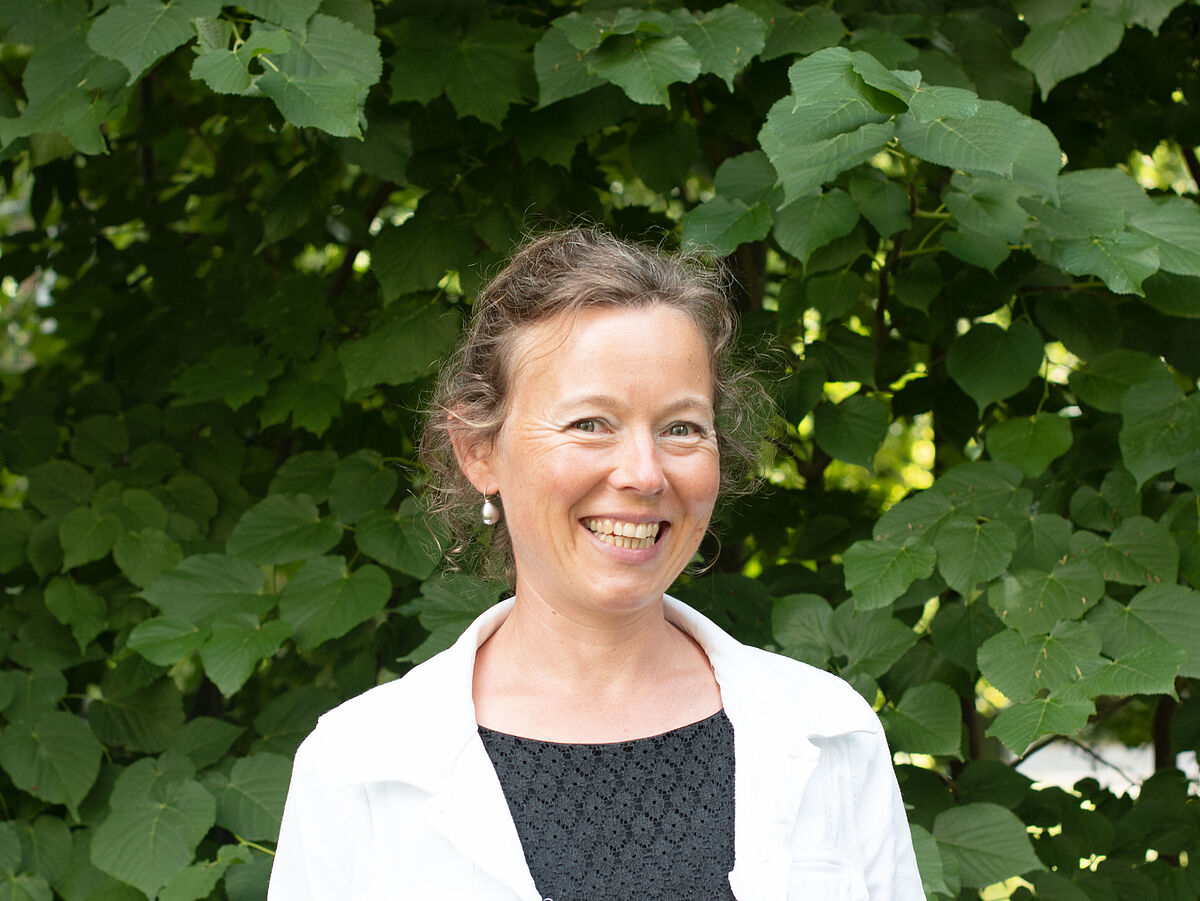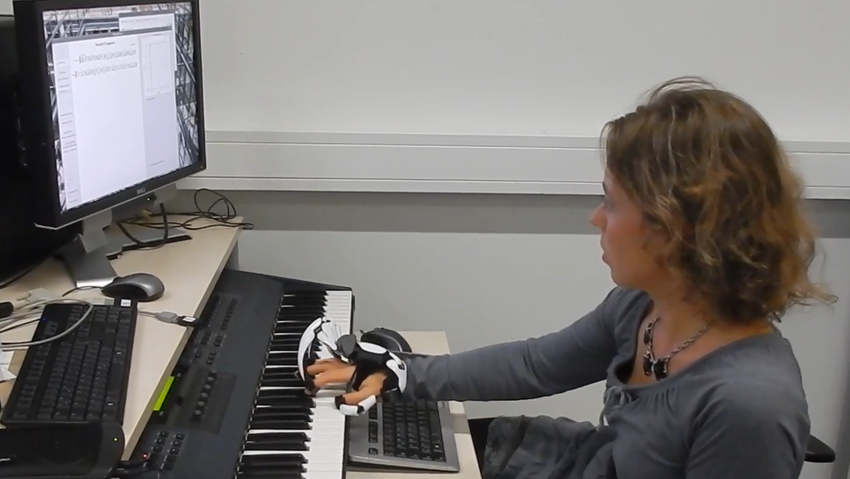Alexandra Moringen studied mathematics and computer science at Kiel University (CAU). In her PhD at Bielefeld University she worked in the domain of Bayesian and computational statistics applied to change detection in multimodal time series.
Together with collaborators, Alexandra worked on models to enable a robot to interact and learn in its environment based on sense of touch[1]. Inspired by the star-nosed mole[7], they developed a RL-based model for deep learning efficient haptic 3D shape exploration for a robot equipped with a tactile sensor array. They designed and conducted multiple studies with the Modular Haptic Stimulus Board (MHSB), a stimulus material that enables to build a multitude of three-dimensional shape patterns (see figure below: Modular Haptic Stimulus Board). Alexandra used MHSB to design a novel set of haptic puzzles, and to investigate, how humans solve them[5, 6, 3]. To this end, she recorded multiple-modalities, e.g. retro-reflective marker trajectories, joint angles, contact microphone, and wearable tactile sensors measurements of the haptic gloves[3].
Email: alexandra.moringen (@) uni-greifswald.de
Tel. +49 3834 420 5503
Institute for Data Science (Office 2.22)
University of Greifswald
Felix-Hausdorff-Straße 18
17489 Greifswald
Research Interests:
Alexandra is interested in interdisciplinary approaches to modeling complex cognitive behaviors for robots and humans. In particular, she is interested in approaches that allow modeling and inference in the domains where only a small number of (multimodal) data points can be acquired. Apart from accelerating acquisition of complex motor skills such as balance and dexterity[4], she is interested in AI-based support of singular activities, such as artistic creativity and creative problem solving.
Alexandra is interested in exploring technical agents and their eco systems that enhance and foster human learning with elements of play or help humans to get unstuck (see figure below: An intelligent tutoring interface). Her goal is to explore the outlined research directions in the context of medical training and healthy aging. Being a musician and a hobby volleyball player, in multiple collaborations she will continue to explore using generative AI for controllable music generation and optimization of training in sports.
References:
[1] Fleer, S., Moringen, A., Klatzky, R. L., & Ritter, H. (2020) Learning efficient haptic shape exploration with a rigid tactile sensor array. Available at: doi.org/10.1371/journal.pone.0226880
[2] http://www.techfak.uni-bielefeld.de/persons/abarch/videos/td_viz.ogv
[3] A. Moringen, R. Haschke and H. Ritter, "Search procedures during haptic search in an unstructured 3D display," 2016 IEEE Haptics Symposium (HAPTICS), Philadelphia, PA, USA, 2016, pp. 192-197, doi: 10.1109/HAPTICS.2016.7463176.
[4] Moringen, A. et al. (2021) Optimizing piano practice with a utility-based scaffold, arXiv.org. Available at: arxiv.org/abs/2106.12937.
[5] https://www.youtube.com/watch?v=CftpCCrIAuw
[6] Krieger, K. et al. (1970) Shape features of the search target modulate hand velocity, posture and pressure during haptic search in a 3D display, SpringerLink. Available at: link.springer.com/chapter/10.1007/978-3-319-42321-0_13.
[7] https://www.youtube.com/watch?v=fio1NUxszhY



